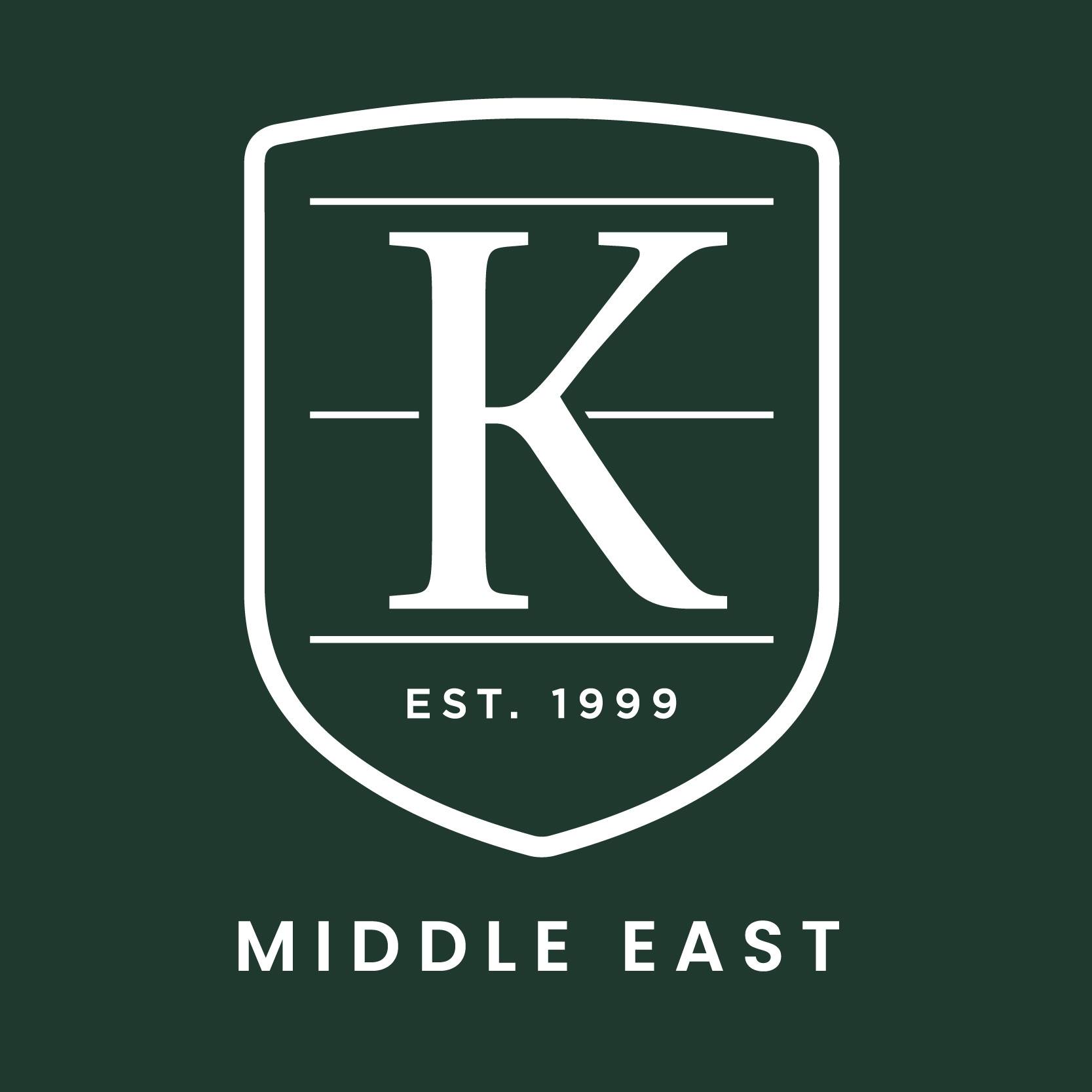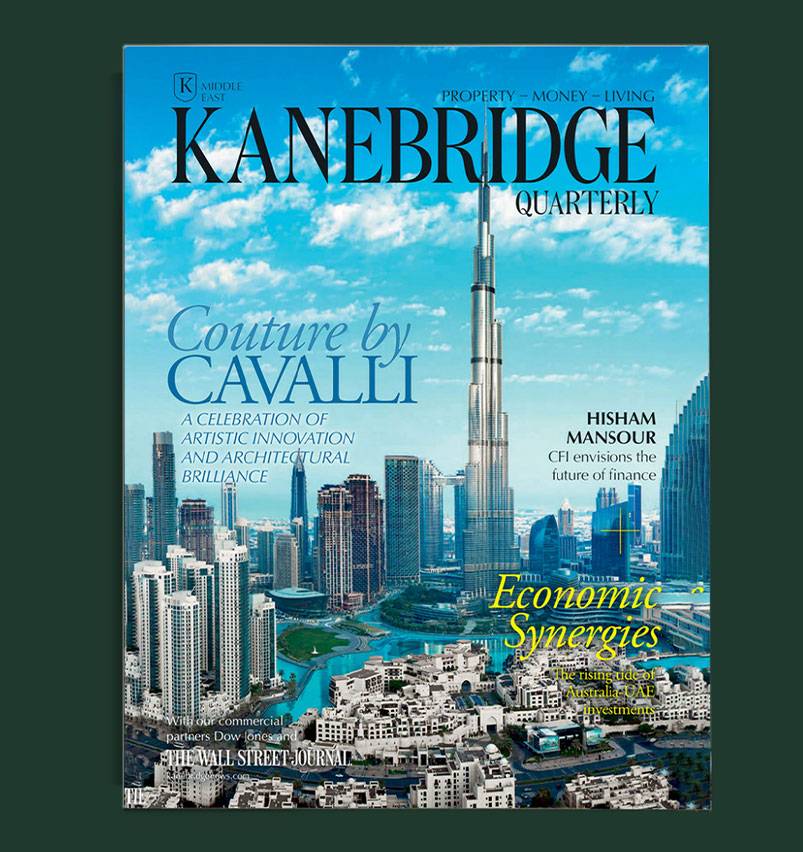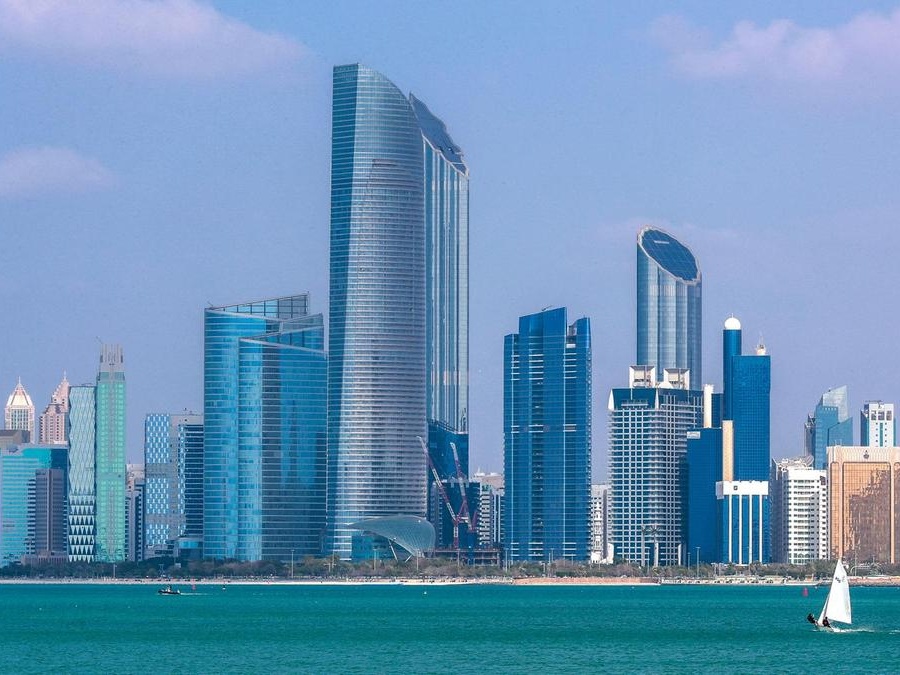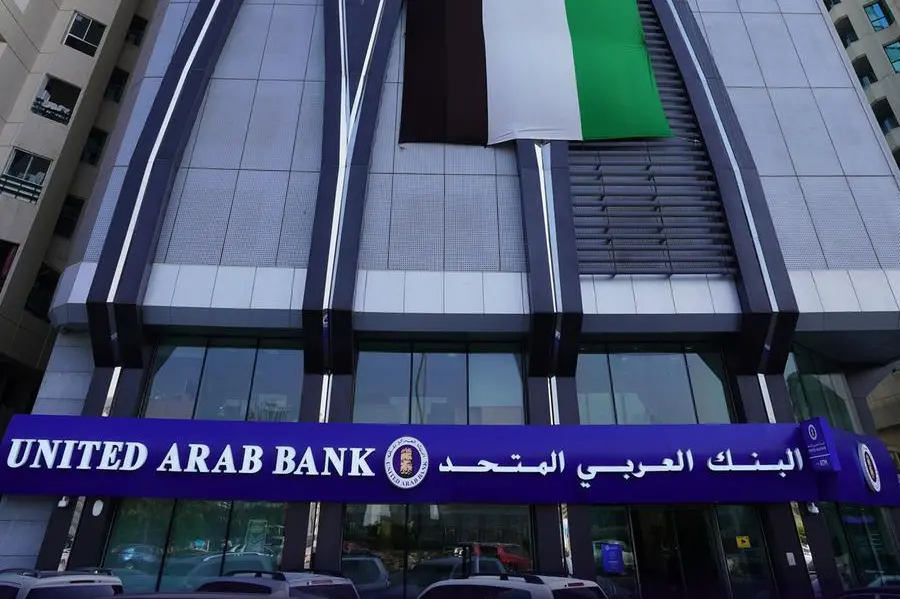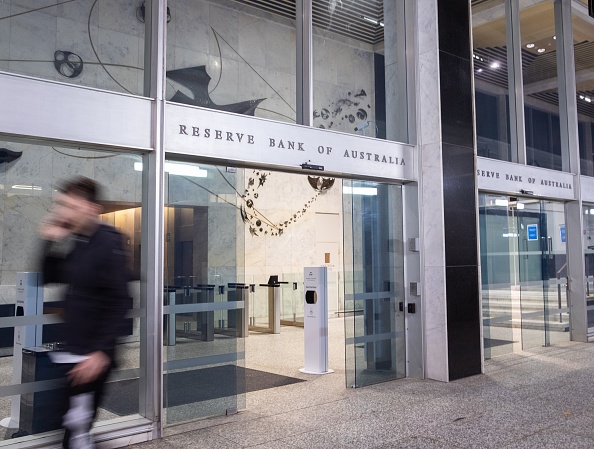UAE’s Strategic Economic Shift Propels Global Investment Ranking
The United Arab Emirates (UAE) has achieved significant recognition in the global investment arena, now ranking as the world’s eighth most favorable destination for foreign direct investment (FDI), according to the 2024 Kearney Foreign Direct Investment Confidence Index.
This remarkable jump from 18th place in the previous year signifies the UAE’s establishment as a premier investment hub, largely due to its successful economic diversification efforts. With an impressive expansion of FDI flows reaching $22.7 billion in 2022, representing 60 percent of the FDI directed to Gulf nations, the UAE’s economic strategy is showing fruitful results.
The advancement in Kearney’s index, a respected indicator of corporate executives’ investment intentions, highlights the effectiveness of the UAE’s approach towards diversifying its economy beyond traditional sectors.
This approach is spearheaded by visionary leadership and strategic policy reforms aimed at enhancing the business environment, thus attracting global investors, particularly in emerging sectors like technology and renewable energy. The country now stands as the second most appealing emerging market for investment, trailing only behind China.
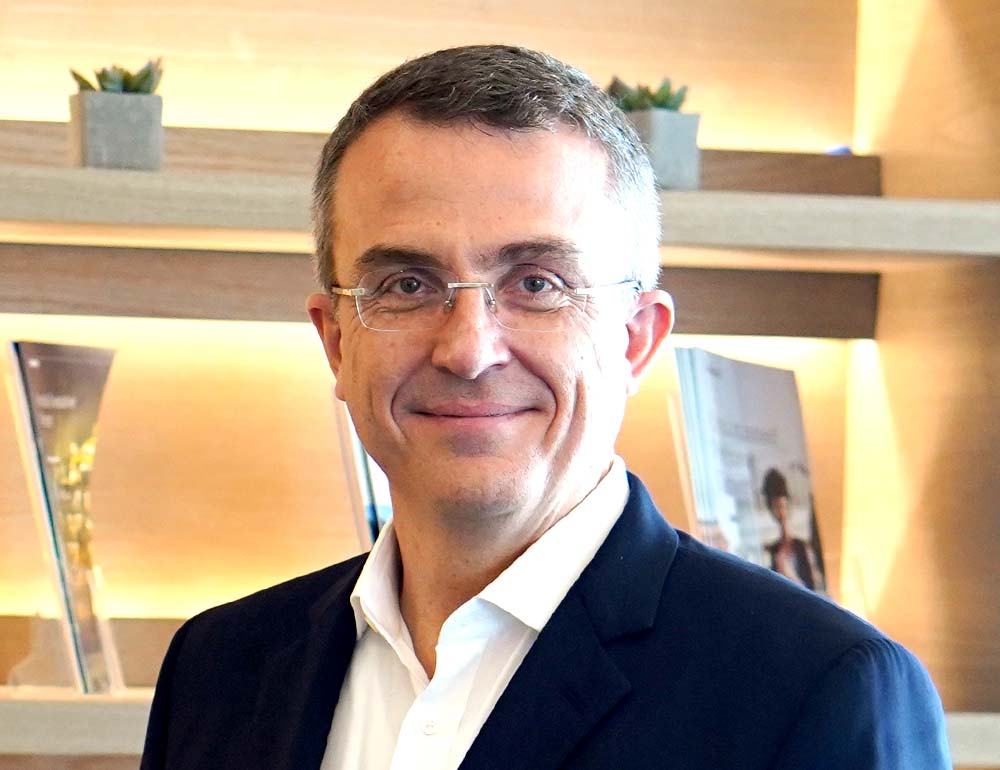
Economic Diversification
Rudolph Lohmeyer, head of Kearney’s National Transformations Institute, attributes this success to the UAE’s proactive and forward-looking leadership, which has been instrumental in steering the nation towards becoming a magnet for worldwide investment.
The government’s commitment to reforming policies and bolstering the business ecosystem, including the developing of a dynamic tech startup landscape, has been central to this achievement.
This leap in the Kearney FDI Confidence Index, now in its 26th iteration, serves as a significant endorsement of the UAE’s long-term strategy of economic diversification, which gained momentum following the oil price downturn in 2014.
With a focus on sectors ranging from renewable energy to tourism, and a solid foundation in infrastructure, the UAE is well-positioned for attracting even greater levels of foreign investment in the years to come.
Chris Dixon, a partner who led the charge, says he has a ‘very long-term horizon’
Americans now think they need at least $1.25 million for retirement, a 20% increase from a year ago, according to a survey by Northwestern Mutual
Total income was higher by 10% year-on-year (YoY) at AED 300 million in the six-month period
United Arab Bank PJSC (UAB or “the Bank”) has announced its financial results for the six months ended 30th June 2024. UAB reported a net profit before tax of AED 152 million for H1 2024, a 26% increase compared to AED 121 million for H1 2023. The net profit after tax for H1 2024 stood at AED 139 million, up 15% from AED 121 million in the same period last year. Earnings per share rose to AED 0.07 in H1 2024 from AED 0.06 in H1 2023.
Total income increased by 10% year-on-year to AED 300 million for H1 2024, compared to AED 273 million for H1 2023, driven by a 26% increase in net interest income. The Bank’s capital position remains strong with a CET1 ratio of 13% and a total capital adequacy ratio (CAR) of 18%.
UAB‘s liquidity profile is robust, with advances to stable resources ratio of 75% and an eligible liquid asset ratio of 19%, both comfortably above regulatory thresholds. The Bank’s credit ratings were affirmed by Fitch and Moody’s at BBB+/Ba1, with stable and positive outlooks respectively.
UAB’s performance in the first half of 2024 demonstrates significant growth in total assets, increasing by 12% compared to December 2023, and reflects a strategic focus on quality and farsighted risk management. These results indicate that the Bank is well-positioned to continue its growth trajectory.
Commenting on the Bank’s performance, H.H. Sheikh Mohammed bin Faisal bin Sultan Al Qassimi, Chairman of the Board of Directors of United Arab Bank, said: “UAB’s strong performance in the first half of 2024 reflects the successful implementation of our growth strategy and reinforces our commitment to delivering sustainable value to our shareholders. We are confident that our prudent business model shall continue to deliver a solid performance and deal with the opportunities and challenges that will present themselves.”
He added: “As we move ahead into the second half of the year, we remain committed to enhancing our customers’ banking experience and contributing to the growth and prosperity of the UAE’s economy.
Shirish Bhide, Chief Executive Officer of United Arab Bank, commented: Our customer-centric approach and sustainable growth model has led to a 15% increase in net profit and a 12% growth in total assets. Our positive performance is a testament to the successful execution of our strategic priorities and clear evidence of the success of the many initiatives that have been implemented at the Bank. Going forward, we will continue investing in our growth strategy and digital capabilities, while equally focusing on developing innovative products and services that meet our customers aspirations whilst upholding the highest standards of compliance and internal controls.”
Chris Dixon, a partner who led the charge, says he has a ‘very long-term horizon’
Americans now think they need at least $1.25 million for retirement, a 20% increase from a year ago, according to a survey by Northwestern Mutual
